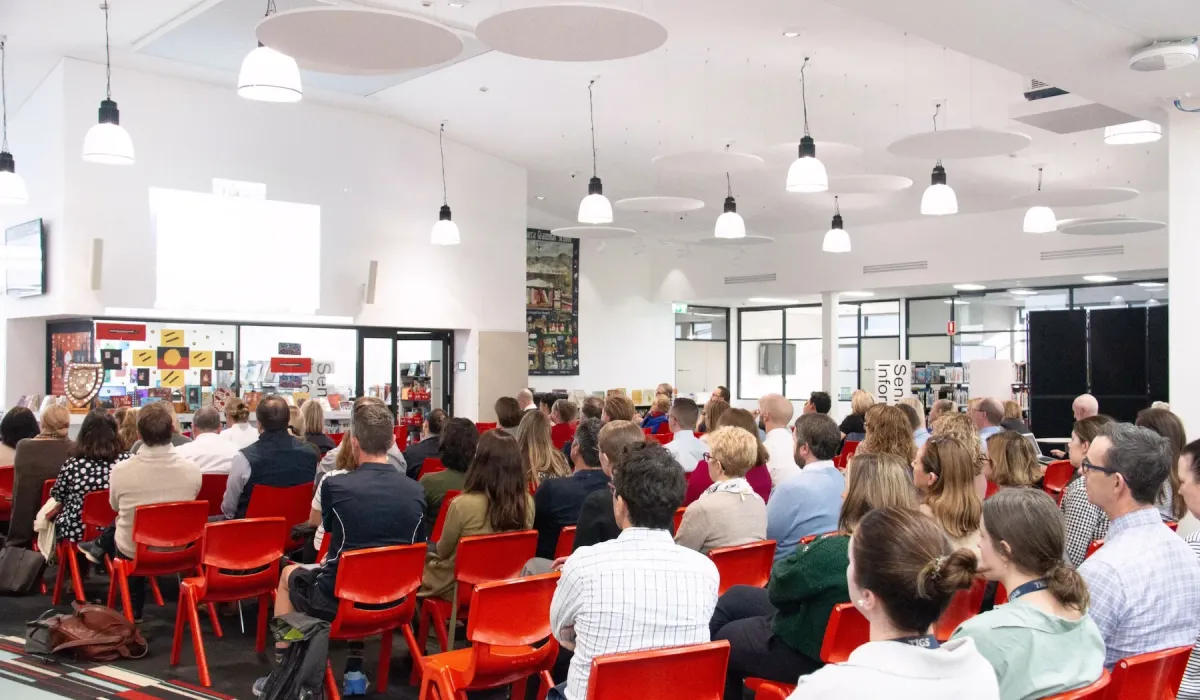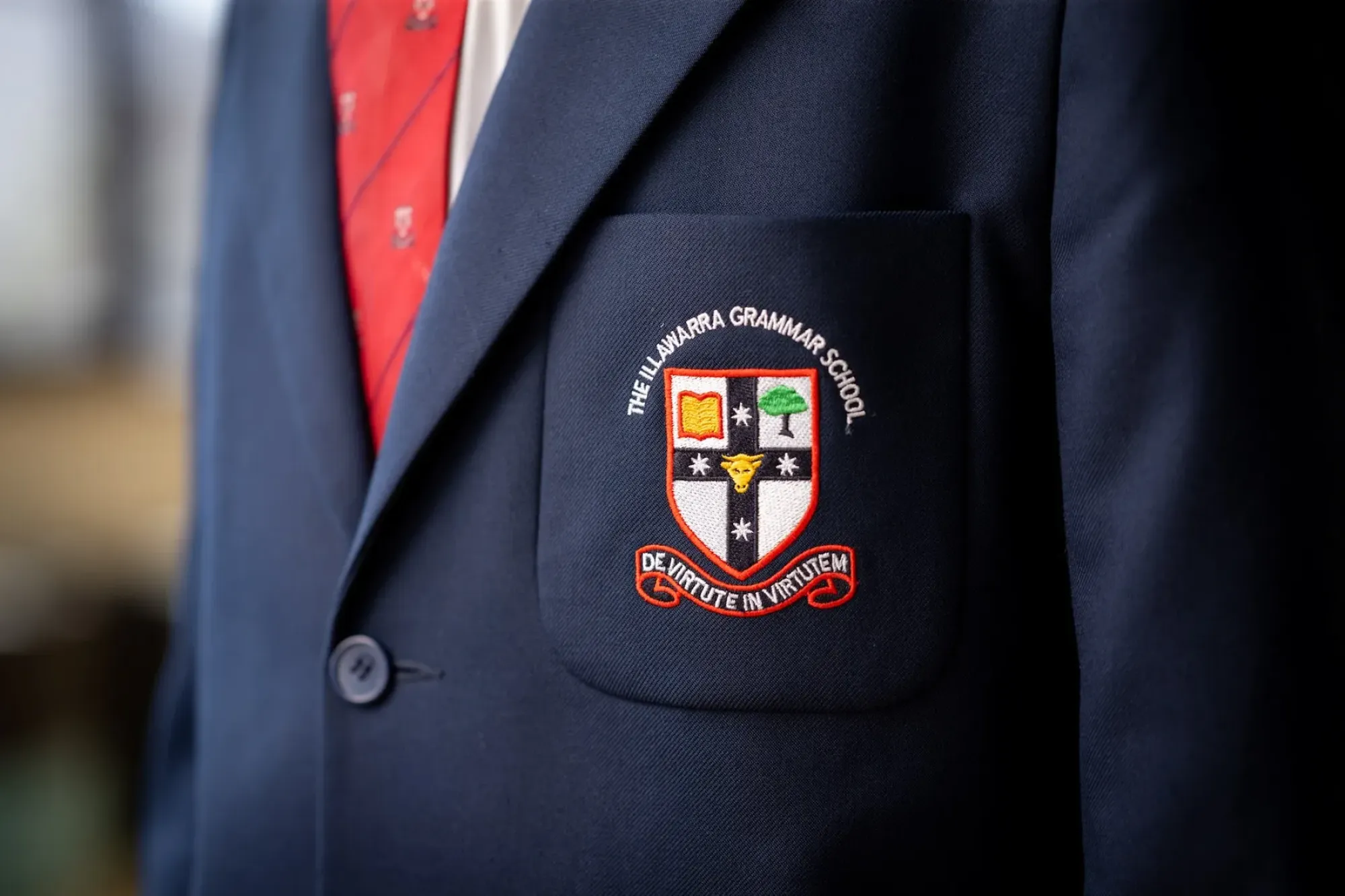
ChatGPT: A Changing Landscape
Last week, I had the pleasure of attending the Term II meeting of our P&F. At the end of the meeting a number of parents and I were discussing the impact of technology on the lives of our young people and discussing the challenges and opportunities of parenting and teaching in the Information Age. In recent years, conversations of this type have tended to focus on the ubiquity of mobile phones, or the way technology can be used to enhance, or detract from, effective learning. But over the last 12 months, something with far greater implications that has the potential to make a paradigmatic shift in our thinking has appeared on the horizon.
Giving a public lecture in 1947, Alan Turing, the preeminent mathematician commonly referred to as the father of modern computing, outlined a bold vision for the future when he said “What we want is a machine that can learn from experience…the possibility of letting the machine alter its own instructions provides the mechanism for this.” On November 30, 75 years later, ChatGPT was launched.
18 months later, almost any statistic regarding ChatGPT’s usage is confronting:
- ChatGPT currently has more than 1.8 billion monthly users.
- Its daily energy consumption is equivalent to 17,000 average US households.
- The costs to maintain and operate the artificial intelligence network that powers ChatGPT has been estimated to be in the region of $700,000USD per day.
The conversational text-based ChatGPT service that many of us are increasingly familiar with, is simply an interface – a chatbot, to use the appropriate terminology – allowing users to have useful and productive interactions with the immense supercomputer infrastructure that sits behind. This OpenAI supercomputer is the third most powerful computer in the world.
Teaching staff at Illawarra Grammar were recently addressed by Professor Matt Bower, Macquarie University, who is a leading voice in the field of technology and its implications for education. Professor Bower drew our attention to the way AI is currently appearing in a range of freely-available applications, websites and contexts in ways that are applicable to learning and education. Demonstrations of documents, presentations, videos and images, all created by AI in response to simple text-based instructions were presented and discussed in some detail and the implications for the way schools will need to reevaluate their approaches to learning, teaching and assessments were well made. Our teachers will continue to discuss and formulate our responses to these implications over the coming months.
Two weeks ago, ChatGPT-4o was launched. The ‘o’ stands for ‘omni’ which gives just a hint about where AI will be heading next. ChatGPT-4o allows users to hold conversations with artificial intelligence in realtime. It can also process visual information allowing it to effectively ‘see’ the outside world – opening up rich new possibilities such as observing and explaining the current weather occurring outside an office window, locating a particular book on a shelf or indeed providing a correction or guidance to students as they work on their maths homework, write an extended response to an HSC-style question or indeed produce a piece of artwork in the style of Van Gogh.
What is perhaps most striking in all of this is that our younger students will never experience a technological world that does not incorporate the opportunities, freedoms and risks inherent in AI. Unarguably, the task of parenting and teaching in the Information Age just got a whole lot trickier, but it is an adaptive challenge we will relish, and I look forward to continuing this conversation with our parents, teachers and the students themselves over the coming year.

